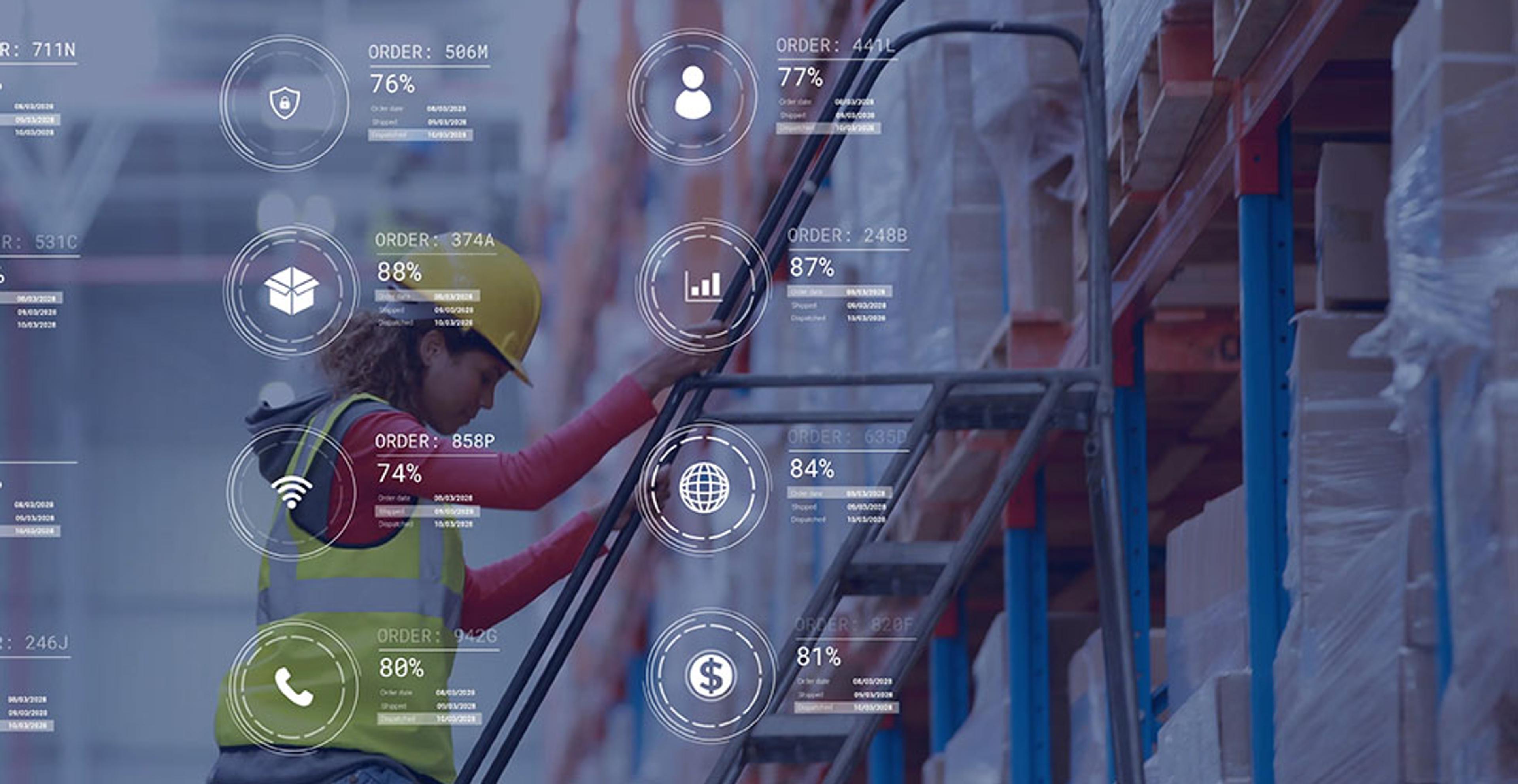How New Consumer Values Are Shaping the Future of Retail

The impact of COVID-19 on the retail industry can be described with one word: seismic.
And the world continues to experience aftershocks more than two years later. According to data from IBM, the pandemic accelerated the shift to e-commerce by roughly five years. Retail stores have turned into mini fulfillment centers with the offering of curbside pickup and personal shopping. Consumer behavior has made enormous shifts in a small amount of time, and research shows that the new behaviors are here to stay.
The most obvious impact we saw from the pandemic was a huge shift of the retail industry to digital commerce. In 2019, online purchases represented just under 14 percent of all retail sales. In 2020 when most of the population was stuck inside, that number jumped up to 19 percent, a 50.5 percent increase.
Retail-industry leaders with tech-forward business models and a strong omnichannel presence were quickly propelled forward. Those that were lagging fell even further behind. The retail sector outperformed many other industries, but with the now widened gap those companies that haven’t yet adapted may never get the chance to catch up.
The Super 25
McKinsey conducted US industry research and discovered a standout group earning such massive valuation gains that they were given a special title: the Super 25. These companies epitomize the powerful shift to digital and represent ~91 percent of the sector’s increase in global market capitalization. Of which, five American companies generate more than 80 percent of all value created in United States retail.
Amazon alone accounted for almost 60 percent of those gains; more than the top 13 companies combined. In 2021, the retail giant account for 42 percent of all online sales.
The most common element among the twenty-four companies (except for Amazon, whose enormity puts it in a category all on its own) is their size. The Super 25 had an average market cap of $84B in February 2020, putting them at 9.5 times the average size of the remaining 166 companies in the McKinsey index. Today, the members of this group average 12 times the size of the rest of the index and a market cap of $122B.
The Super 25 can be sorted into four categories: home-economy players, value retailers, online specialists, and platform players. The mega growth of these firms can be attributed to the changing consumer trends as several emerged during the pandemic. The focus? Value.
Consumer values
What does value mean to a consumer now that they have experienced a global pandemic? The population can be split into two groups: savers and spenders. Some saw their means significantly constrained while others amassed large savings. However, the common thread connecting the two groups was focusing on spending more mindfully and prioritizing the things that matter the most.
People spent more time on social media and online which led to more consumers discovering products online, also shifting brand loyalties as they couldn’t get their regular products due to supply chain issues. Small retail stores had already begun to shift online, with the pandemic accelerating this process brands then leveraged social media to sell products. Social shopping was born, with apps like TikTok picking up steam as real-life people shared information about their favorite, newly found products.
As many experienced hardships, uncertainty, or social injustices, shoppers also began more and more to put their money where their mouth is. Brand values became the benchmark for consumer loyalty and engagement, and a heightened expectation of companies emerged. Either you inspire your buyer, or your brand might not survive.
Future implications
The retail sector’s stock market performance since the start of the pandemic indicates that investors flock to companies with strong technology capabilities. Technology was proven to surge the Super 25 far ahead of the rest and we can expect this trend to continue. One determining factor that will continue to drive the market will depend on how much value consumers place on these new channels or behaviors.
Generational differences have emerged around consumer behaviors, as older generations are more concerned about COVID-19. However, the older generations are also the traditional brick-and-mortar shoppers. Boomers can’t wait to get back into stores for their shopping, but younger generations enjoy the convenience of having things shipped to their homes or utilizing curbside pickup. Consumers of all age groups are reporting that their shopping behaviors have changed during the pandemic, and they plan to continue their new habits.
As ecommerce continues to grow, brick-and-mortar stores will need to be restructured to adapt to these new consumer behaviors. The traditional model of having a single location and then branching out to surrounding areas will no longer guarantee a business success. Many companies are now seeing success by diversifying between ecommerce and physical locations that make sense for their demographics.
The impact of Amazon cannot be ignored, boasting the second-largest valuation increase among the pan-industry Mega 25. Not to be confused with the retail Super 25, a pan-industrial approach is driven by software platforms that monitors, facilitates, and optimizes operations, from product development to customer deliver, across a disparate product line. With its web services and media businesses, Amazon is much more than a retailer. The company transcends the boundaries of a traditional industry structure, and its valuation multiples are closer to that of tech companies.
Is the future of retail shifting to e-commerce with omnichannel capabilities? Will retail continue to blend into the massive digital marketplace where physical and online store can have endless offerings?
Data analytics now allow us to understand the demand and buying behavior of specific micro populations. Merchandising and fulfillment solutions will need to offer a specific product on the shelf for their specific micro population to garner success. By seeing and touching the product, consumers can explore their purchasing options and order whatever version they want–delivered in just one or two days. Return labels can even be included in case the product isn’t up to par. These targeted merchandising options coupled with rapid fulfillment just might be the future of retail as we know it.
There is no doubt that technology will continue to rule and be one of the largest determining factors for industry success. Will brick-and-mortar cease to exist or make an epic comeback? How will Gen Z form their purchasing habits? Will sustainability and social issues become the determining factors for retail success? Some of the following statistics may lend some insight into what’s to come.
Gen Z Statistics:
- The average Gen Z er spends more than 8 hours online daily
- Gen Z will form 1 third of the global workforce in ten years
- Spending power is valued at $144B
- 52% seek advice from an influencer when purchasing online
- 65% don’t want to see products out of stock when shopping online
- 67% prefer to shop in physical stores
- On average, read three reviews online before making a purchase
- 47% use mobile phones to find best deals while shopping in a physical store
- Over 55% stick to environmentally and socially responsible brands



